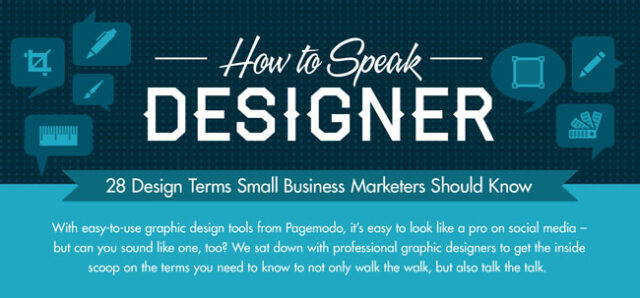
You want to be a graphic designer, where to begin?
One of the most common questions every beginner asks is how to even start with graphic design and whether there is even possible to learn it independently. Formal education, of course is best in most cases, but sometimes conditions do not allow that kind of learning. In this article, we will write what is necessary to adopt and how to start with graphic design independently, and we believe that the information will be helpful to those who are preparing for studies in this area because a certain knowledge can create an excellent basis for formal education.
The basic theory of design
What is certainly needed is first to meet with the design as a creative activity. What are the branches of design, how design works, which should be its purpose, which aspects of human life reaches etc.
Principles of graphic design and visual graphic elements
You need to know what are the basic visual graphic elements (point, color, line, surface, texture, space, volume), in what relation they can be. Graphic elements should be arranged in a visually harmonious composition in order to solve a particular problem, it is therefore necessary to learn the basic principles – rhythm, balance, contrast, harmony, dominance, unity. Of course it does not need to remain only on theory, but should be trained on examples.
History of Design
It is desirable that the designer knows a large number of styles that had previously been used, what were the most memorable designers in history and what are their most famous works, which are the most famous school of design, etc.
Theory of colors
Knowledge of the theory of colors that one graphic designer should have include sharing of colors, systems (RGB, CMYK) and color matching, color psychology. Of course, knowledge of the theory of color should know how to apply through various exercises.
Technical knowledge
It is necessary to adopt certain technical knowledge since the graphics industry today works with a computer. It is necessary to know the tools that are standard in the industry, what are their possibilities and limits. Although these tools are expensive, they are certainly useful investment, also many of them can be tried within 60 days which is sufficient to adopt the basic use and make the first works (of course unprofitable). And remember – the computer is just a tool.
Typography
Knowledge of typography in graphic design must be at a very high level. You need to know which letter to choose for a specific project, family letters, typographic measurement system, the basic concepts and structure of the letter.
Prepress
The document that is well prepared for printing will save you money and nerves. You need to know what is bleed and how it should be, types of paper can for print, how the colors behave in printing, dot density, types of printing …
Meet other designers
Visit exhibitions and design events and interchange knowledge and experience with other designers. People who have many years in this business, can always give you some useful advice or point to some good and bad things.
Practice, practice and practice
Graphic design as a branch of the creative industries really leaves a myriad of options and room for practice, and of course as with any other activity – you becomes better. Practice can be executed on paper, on a computer, and each will certainly show improvement. Create your own project tasks and problems, try to solve them in a bunch of different ways, practicing the technique, composition…
Recommended reading:
- Robin Landa: Graphic design solutions; Clark Baxtli; 2011
- Josef Müller-Brockmann: Grid Systems in Graphic Design
- Ambrose Harris: The Fundamentals of creative design; AVA publishing; 2003
- A 20 minute intro to typography basics
- A Guide to Preparing Files for Print
- Basic color theory
- The Elements of Typographic Style – Robert Bringhurst
- How to be a Graphic Designer Without Losing Your Soul – Adrian Shaughnessy
- The Visual Display of Quantitative Information – Edward R. Tufte
- The Art of Looking Sideways – Alan Fletcher
- A Smile in the Mind: Witty Thinking in Graphic Design – Baryl McAlhone
- Universal Principles of Design – William Lidwell
As you can see, the process of learning is not easy and it takes a lot of effort, time and nerves in practice, however, all be worth it if you really want to become a graphic designer. From our own experience gained so far we can say only positive things, work is grateful and allows the expression of your own creativity in many ways and people who work it mainly share this opinion.
For all those who are just starting with graphic design we want you good luck and a lot of good work and success! 🙂 Below you can check infographic about basic terms that every graphic designer should know:














